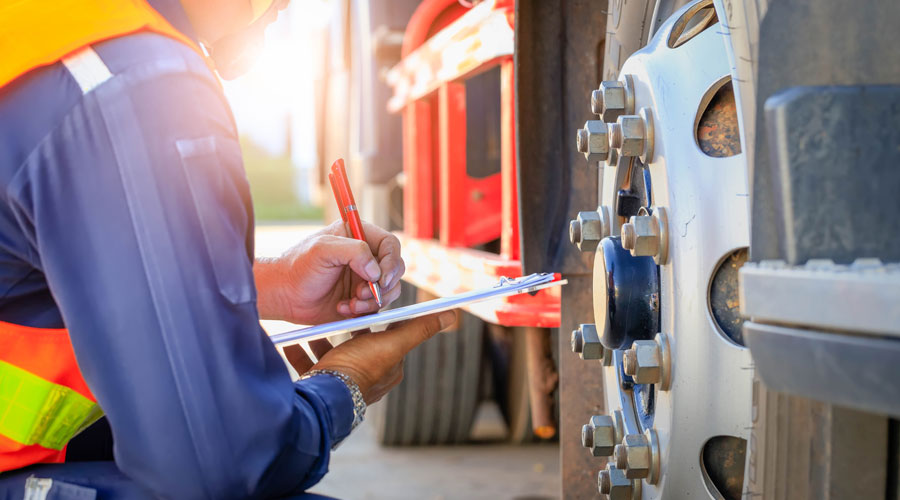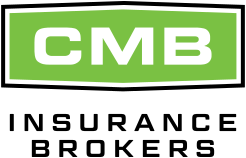
Managing Fleet Maintenance and Repair Costs
Fleet maintenance is critical for organizations that rely on vehicles in their operations. However, rising costs driven by inflation, supply chain disruptions and evolving vehicle technology have made keeping fleets in optimal condition increasingly challenging. Despite these obstacles, maintaining safe and efficient vehicles is essential for operational performance and reducing long-term expenses, including insurance costs.
Trends
These are some key factors impacting employers’ fleet maintenance and repair costs:
- Inflation—Although cooled from its peak, inflation’s lingering effects continue to increase costs in multiple aspects of many operational areas, including vehicle maintenance and repair.
- Supply chain issues—Supply chain issues can cause delays in receiving parts and materials needed to maintain or repair a vehicle, which could leave fleets requiring the use of expensive rental vehicles.
- Labour shortages—A shortage of skilled technicians has driven up the cost of vehicle repair services and caused delays in maintenance tasks, compounding operational challenges.
- Complex vehicle technology—Modern vehicles feature advanced technologies that often require specialized parts, knowledge and tools for repair. While these features can sometimes lower insurance premiums by reducing accident risk, they can also result in higher repair costs.
Strategies
Despite these challenges, organizations can take the following proactive steps to manage fleet maintenance expenses:
- Track maintenance trends to identify recurring issues and inform decisions, such as switching to higher-performing parts or retiring ageing vehicles in favour of more reliable models.
- Adopt preventive and predictive maintenance, including regular vehicle inspections and scheduling routine preventive maintenance. Analytics can also help identify potential issues, improve efficiency and reduce costly repairs.
- Hire safe drivers and invest in driver training. Drivers should be thoroughly vetted during the hiring process and routinely trained on safe driving practices, vehicle maintenance and issue reporting.
- Standardize the fleet by using uniform vehicle models within a fleet. This practice can streamline repairs, enable bulk part purchases and enhance driver familiarity, reducing costs and improving safety.
- Use fleet management software to optimize routes, monitor driver behaviour and track vehicle health. Using digital tools can reduce fuel consumption, improve driver safety and prevent breakdowns.
- Build strategic partnerships with third-party vendors and service providers that provide specialized expertise, lower costs, and enhance operational efficiency.
Insurance Benefits
Well-maintained fleets improve operational efficiency and safety and can positively impact commercial auto insurance premiums. Insurers may offer discounts to organizations with strong maintenance programs because a reliable fleet reduces accident risk. Additionally, keeping detailed maintenance records demonstrates a commitment to safety and operational excellence, which insurers may reward with favourable underwriting evaluations. Telematics data that tracks driver behaviour and vehicle performance can further support risk assessment, potentially resulting in additional premium reductions.
An effective fleet maintenance program is a vital investment for businesses, offering benefits beyond reduced repair costs.
For information on trucking insurance, or to find out how to reduce your insurance costs call CMB at 780.424.2727 or click here to get a quote.
